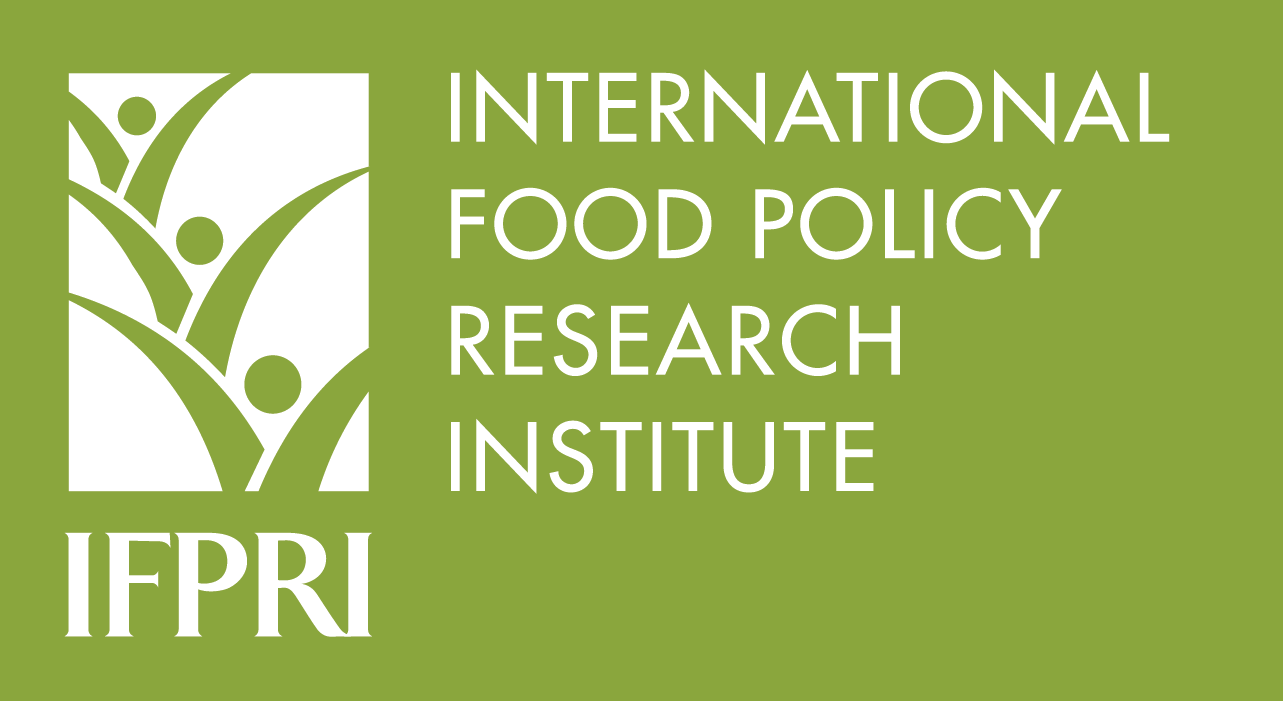Focal point
Location
About IFPRI
The International Food Policy Research Institute (IFPRI) provides research-based policy solutions to sustainably reduce poverty and end hunger and malnutrition in developing countries. Established in 1975, IFPRI currently has more than 500 employees working in over 50 countries. It is a research center of theCGIAR Consortium, a worldwide partnership engaged in agricultural research for development.
Vision and Mission
IFPRI’s vision is a world free of hunger and malnutrition. Its mission is to provide research-based policy solutions that sustainably reduce poverty and end hunger and malnutrition.
What We Do
Research at IFPRI focuses on six strategic areas:
- Ensuring Sustainable Food Production: IFPRI’s research analyzes options for policies, institutions, innovations, and technologies that can advance sustainable food production in a context of resource scarcity, threats to biodiversity, and climate change. READ MORE
- Promoting Healthy Food Systems: IFPRI examines how to improve diet quality and nutrition for the poor, focusing particularly on women and children, and works to create synergies among the three vital components of the food system: agriculture, health, and nutrition. READ MORE
- Improving Markets and Trade: IFPRI’s research focuses on strengthening markets and correcting market failures to enhance the benefits from market participation for small-scale farmers. READ MORE
- Transforming Agriculture: The aim of IFPRI’s research in this area is to improve development strategies to ensure broad-based rural growth and to accelerate the transformation from low-income, rural, agriculture-based economies to high-income, more urbanized, and industrial service-based ones. READ MORE
- Building Resilience: IFPRI’s research explores the causes and impacts of environmental, political, and economic shocks that can affect food security, nutrition, health, and well-being and evaluates interventions designed to enhance resilience at various levels. READ MORE
- Strengthening Institutions and Governance: IFPRI’s research on institutions centers on collective action in management of natural resources and farmer organizations. Its governance-focused research examines the political economy of agricultural policymaking, the degree of state capacity and political will required for achieving economic transformation, and the impacts of different governance arrangements.
Research on gender cuts across all six areas, because understanding the relationships between women and men can illuminate the pathway to sustainable and inclusive economic development.
IFPRI also leads two CGIAR Research Programs (CRPs): Policies, Institutions, and Markets (PIM) andAgriculture for Nutrition and Health (A4NH).
Beyond research, IFPRI’s work includes partnerships, communications, and capacity strengthening. The Institute collaborates with development implementers, public institutions, the private sector, farmers’ organizations, and other partners around the world.
Resources
Displaying 816 - 820 of 1521IFPRI Forum: Sick and tired
CONTENTS:; Sick and Tired: Climbing Out of the Health-Poverty Trap; Commentary: The Costs of a Pandemic by Clare Narrod; Interview: Dr. Mirta Roses Periago, Director of the Pan American Health Organization; Documenting the Impact of Biofortified Sweetpotato in Uganda; Effective Research and Investment: The Global Futures for Agriculture Project; Change in Leadership at IFPRI
Urbanization and spatial connectivity in Ethiopia
In comparison to other African countries, Ethiopia has a low urbanization rate. According to the World Bank World Development Report (WDR) 2009, Sub-Sahara Africa is 30% urbanized, whereas Ethiopia is only 10.9% urbanized. Urbanization rates differ according to methodologies and data base utilized: the United Nations classifies Ethiopia as 14.9% urban, while the Central Statistical Agency of Ethiopia reports a 16% urbanization rate.
Analysis of relative profitability of key Ugandan agricultural enterprises by agricultural production zone
Uganda's economy remains heavily dependent on the agricultural sector. In 2008/09, the agricultural sector contributed 90 percent of total export earnings, generated 23.7 percent of Gross Domestic Product (GDP), and directly or indirectly provided livelihoods for about 90 percent of the population (MFPED, 2009). However, most of the agricultural production is by small-scale subsistence farmers who use rudimentary technology and are largely engaged in non-market production.
How does food price increase affect Ugandan households?
"Almost unaffected by the 2008 wave of soaring world food prices, Ugandan local market prices exhibit signs of high price volatility in the first quarter of 2009. At the household level, while net producers may reap some benefits from this increase in food prices, net consumers are more likely to suffer from it. However, the net consumption impact of food price increase is not as straightforward as reported in previous studies. In this paper, we extend Singh et al. (1986) multimarket model by adding demand elasticities from the Almost Ideal Demand System (AIDS).
IFPRI's Strategy for Latin America and the Caribbean
The Latin America and Caribbean (LAC) region is host to some of the most difficult environments in the world, either because of altitude, climate, or topography, or because of huge inequalities in the distribution of land (the bottom 60 percent of landowners—those with the smallest landholdings—own only 4 percent of all land in the region), as well as striking income inequality in spite of economic growth as shown in Figure 1 (with an average Gini index score of 53.29 as compared to Asia and Eastern Europe, whose scores of 41.8 and 32.8, respectively, indicate far less income inequality).



